Food connects us across borders, but some incredible culinary traditions remain hidden gems on the global stage. While Italian pasta and Japanese sushi grab headlines, dozens of amazing food cultures wait in the shadows, bursting with unique flavors and cooking techniques. These lesser-known cuisines offer a world of new tastes for adventurous eaters looking to expand their palates.
1. Georgian Cuisine
Mountains of melted cheese, hearty dumplings, and vibrant herbs define this Caucasus region’s mouthwatering fare. Georgian food celebrates community through sharing dishes like khachapuri – boat-shaped bread filled with eggs and cheese that’s essentially a fondue delivery system.
The cuisine balances bold flavors with surprising delicacy. Walnuts appear in everything from sauces to desserts, while pomegranate seeds add bursts of tartness to grilled meats and stews. Aromatic herbs like tarragon, dill, and cilantro infuse dishes with distinctive character.
Most remarkable is how Georgian cooking techniques have remained unchanged for centuries. Their ancient tradition of fermenting grapes in clay vessels called qvevri produces some of the world’s oldest-style wines – the perfect accompaniment to their hearty, soul-warming cuisine.
2. Filipino
Adobo might be the national dish, but Filipino cuisine goes far beyond this vinegar-soy masterpiece. This archipelago’s food tells the story of centuries of cultural exchange – Chinese traders brought noodle dishes, Spanish colonizers introduced tomatoes and garlic, and American influence added a love for all things sweet-savory.
The magic happens in the balance of flavors. Sinigang soup delivers a sour tamarind punch while kare-kare offers rich peanut depth. Crispy lechon (roast pork) comes alive with liver sauce, while purple ube desserts satisfy sweet cravings with unexpected earthiness.
Family stands at the heart of Filipino cooking. Recipes pass through generations, with each household guarding their special techniques. The famous Filipino hospitality means meals are generous affairs where everyone is welcome – just bring your appetite!
3. Peranakan Cuisine
Born from the marriage of Chinese immigrants and Malay locals centuries ago, Peranakan (or Nyonya) cuisine explodes with color and complex flavors. Signature dishes like laksa combine coconut milk, chili, and seafood into a soul-warming soup that perfectly represents this culture’s blended heritage.
Spice is essential to Nyonya cooking. Rempah – a paste of lemongrass, galangal, chilies, and other aromatics – forms the foundation of countless dishes. The cuisine’s visual appeal matches its taste – vibrant blue rice colored with butterfly pea flowers and rainbow-hued kueh desserts showcase the artistry involved.
Cooking Peranakan food requires patience and precision. Many dishes demand hours of preparation, from pounding spices by hand to slow-cooking stews until flavors meld perfectly. This labor-intensive approach explains both its rarity outside Southeast Asia and why it’s so treasured within Malaysia and Singapore.
4. Syrian
Syria’s strategic position along ancient trade routes shaped its cuisine into a masterclass of flavor layering. Centuries before fusion became trendy, Syrian cooks were perfecting the art of balancing sweet and savory notes in dishes like muhammara – a roasted red pepper and walnut spread that delivers surprising complexity.
The country’s signature dish might be kibbeh – finely ground meat mixed with bulgur wheat and spices, formed into various shapes, and either fried, baked, or served raw. Each region claims their version as superior, sparking friendly debates across dinner tables.
Syrian hospitality traditions mean meals stretch for hours with course after course appearing. A typical feast includes mezze (small plates) like hummus and baba ghanoush, followed by heartier offerings such as maqluba – an upside-down rice and eggplant dish that creates theatrical tableside moments when flipped dramatically onto serving platters.
5. Senegalese
Vibrant and bold, Senegalese cuisine dances between French colonial influence and deeply rooted African traditions. Thieboudienne – the national dish featuring fish, rice, and vegetables in tomato sauce – exemplifies how humble ingredients transform into something magnificent through careful technique and patient cooking.
Peanuts (called groundnuts locally) appear throughout Senegalese cooking, most famously in mafé – a rich stew where meat slowly simmers in peanut sauce until fork-tender. The cuisine’s signature aroma comes from selim pepper, bay leaves, and garlic, often enhanced with fermented seafood for umami depth.
Communal eating defines Senegalese meal culture. Large platters serve as the centerpiece where family members gather, using right hands to form rice into bite-sized portions. This practice symbolizes the value placed on togetherness – a reminder that food nourishes both body and community bonds.
6. Laotian
Sticky rice forms the backbone of Laotian cuisine – so essential that the Lao people call themselves “children of sticky rice.” Unlike its Thai and Vietnamese neighbors that often cater to foreign palates, Laotian food unapologetically embraces bitter flavors, fermentation, and foraged ingredients that connect diners directly to the land.
Larb might be the country’s most famous export – a minced meat salad zingy with lime, fish sauce, and fresh herbs that wakes up every taste bud. But real Lao food goes deeper with dishes like mok pa – fish steamed in banana leaves with lemongrass and dill – showcasing the cuisine’s mastery of subtle flavor building.
Wild herbs distinguish Laotian cooking from neighboring countries. Ingredients like yanang leaves, sa khan bark, and padek (fermented fish paste) create distinctive flavors you simply won’t find elsewhere. This reverence for local ingredients makes Laotian food one of Southeast Asia’s most authentic culinary experiences.
7. Armenian
Sitting at the crossroads of Europe and Asia, Armenian cooking combines Mediterranean brightness with Middle Eastern depth. Their signature bread, lavash – baked in tandoor-like tonir ovens – recently earned UNESCO cultural heritage status for its central role in Armenian identity and hospitality traditions.
Meat preparation showcases Armenian culinary prowess. Khorovats (barbecued meat) might seem simple until you taste how pomegranate juice marinades tenderize and flavor the meat. Dolma – stuffed vegetables with spiced rice and meat – demonstrates the patience and precision handed down through generations.
Herbs transform ordinary ingredients into extraordinary meals. Fresh tarragon, parsley, and dill appear in abundance, while dried herbs like blue fenugreek create distinctive regional variations. Armenia’s ancient winemaking tradition (dating back 6,000 years) produces unique varieties perfect for pairing with their robust, herb-forward cuisine.
8. Sri Lankan
First-timers often mistake Sri Lankan food for Indian cuisine – until that first bite of crab curry hits with its distinctive coconut-chili punch. This island nation developed its own culinary identity through centuries of trade, colonial influence, and geographical isolation, resulting in dishes of remarkable complexity.
Curry leaves, pandanus, and goraka (a souring fruit) create the backbone of Sri Lankan flavor profiles. These ingredients transform ordinary vegetables into extraordinary meals, especially in dishes like parippu (dhal curry) where simple lentils become creamy, complex comfort food.
Hoppers – bowl-shaped fermented rice flour pancakes – showcase Sri Lankan culinary innovation. Whether topped with a sunny egg for breakfast or served alongside fiery curries for dinner, these crispy-edged vessels perfectly complement the cuisine’s bold flavors. The country’s colonial history brought Dutch, Portuguese and British influences, creating unique fusion dishes like lamprais – rice and curries baked in banana leaf packages.
9. Cuban
Cuban cuisine tells the story of cultural resilience through simple ingredients transformed by time and technique. Ropa vieja – shredded beef in tomato sauce – exemplifies this approach, turning tough cuts into tender strands through slow-cooking magic.
The holy trinity of Cuban cooking – garlic, bell pepper, and onion – forms sofrito, the aromatic base for countless dishes. This foundation carries African, Spanish, and Caribbean influences that meld in creations like congri (black beans and rice) and mojo-marinated pork. Unlike other Latin American cuisines that embrace chilies, Cuban food prioritizes depth over heat.
Street food reveals Cuban culinary ingenuity. Medianoche sandwiches – pressed ham, pork, and cheese on sweet bread – emerged from late-night Havana clubs as perfect midnight snacks. Meanwhile, coffee culture rivals any European tradition, with sweet café cubano serving as both daily ritual and social glue that brings communities together.
10. Uzbek
Uzbekistan’s position along the ancient Silk Road transformed its cuisine into a masterclass of culinary cross-pollination. Plov – a fragrant rice pilaf with carrots, meat, and spices – stands as the nation’s signature dish, with regional variations sparking friendly debates about proper preparation methods.
Bread holds sacred status in Uzbek culture. Non (flatbread) baked in tandoor ovens carries distinctive patterns unique to each baker, while the ritual of breaking bread together symbolizes the beginning of any meaningful gathering. Hospitality traditions dictate that no guest leaves hungry – a principle evident in the generous portions and endless cups of green tea.
Hand-pulled noodles showcase Uzbek technical skill. Lagman soup combines these chewy strands with meat and vegetables in a dish revealing Chinese influence, while manti dumplings stuffed with spiced lamb demonstrate Turkish connections. This culinary geography lesson makes Uzbek cuisine one of Central Asia’s most fascinating food traditions.
11. Portuguese
Portugal’s seafaring history shaped a cuisine that transforms humble ingredients into extraordinary meals. Bacalhau (salt cod) appears in hundreds of preparations – from creamy casseroles to crispy fritters – showcasing how preservation techniques evolved into beloved comfort foods.
Seafood shines in cataplana – a copper pan that steams clams, sausage, and vegetables together, capturing concentrated ocean flavors. Meanwhile, pork transforms in dishes like leitão (suckling pig) roasted until skin crackles and meat melts. Portugal’s colonial connections brought spices and ingredients that now define national favorites, including piri-piri chicken with African chili heat.
Portuguese sweet traditions rival their savory accomplishments. Pastel de nata – custard tarts with caramelized tops – originated in monasteries where egg whites were used for starching clothes, leaving yolks for creative cooking. The country’s wine heritage extends beyond famous Port to include exceptional regional varieties that perfectly complement their rustic, flavor-forward cuisine.
12. Iranian (Persian)
Persian cooking elevates food to art form status through meticulous technique and ingredient balance. Jeweled rice (javaher polow) exemplifies this approach – basmati grains separated and fluffy, studded with ruby barberries, emerald pistachios, and golden saffron strands that create an edible mosaic.
Slow-cooking defines Iranian cuisine’s soul. Khoresh (stews) simmer for hours until flavors meld perfectly, while tahdig – the prized crispy rice crust from the pot bottom – demonstrates how Persian cooks transform even basic elements into treasures. Sweet-savory combinations appear throughout the cuisine, with pomegranate molasses and dried fruits balancing rich meats.
Fresh herbs transcend mere garnish status in Persian meals. Sabzi khordan – a platter of mint, tarragon, basil and other herbs – accompanies meals as essential components rather than optional additions. This reverence for fresh, bright flavors alongside deeply developed ones creates the sophisticated balance that makes Iranian cuisine one of the world’s most elegant culinary traditions.
13. Ethiopian
Ethiopian cuisine centers around injera – a sourdough flatbread with unique tangy flavor from fermentation. This spongy bread serves as both plate and utensil, tearing pieces to scoop up colorful stews and vegetables arranged atop it.
Berbere spice blend gives Ethiopian cooking its distinctive character. This complex mixture of chili peppers, fenugreek, cardamom, and other spices transforms lentils, vegetables, and meats into dishes of remarkable depth. Vegetarians find particular delight in Ethiopian cuisine, as religious fasting traditions created abundant plant-based recipes like misir wot (spiced red lentils) and gomen (collard greens).
The gursha tradition – feeding others from your hand as a gesture of friendship – highlights how Ethiopian meals foster connection. Sharing from a common platter dissolves social barriers and celebrates community bonds. Coffee’s ceremonial importance completes the experience, with beans roasted, ground, and brewed tableside in a ritual honoring the beverage’s Ethiopian origins.

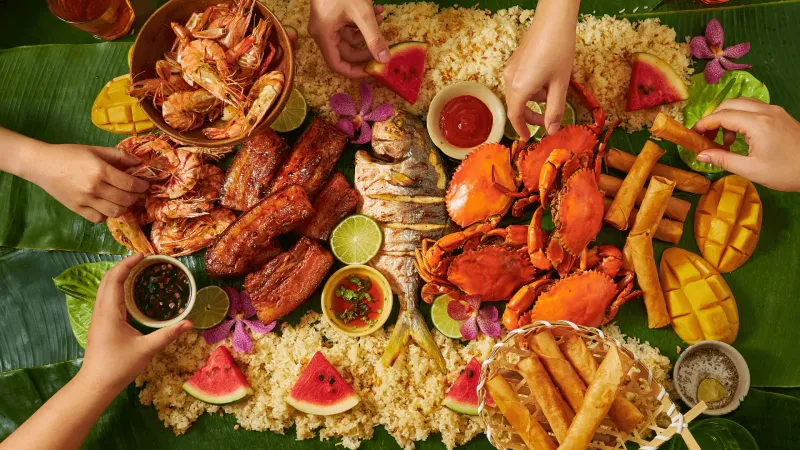
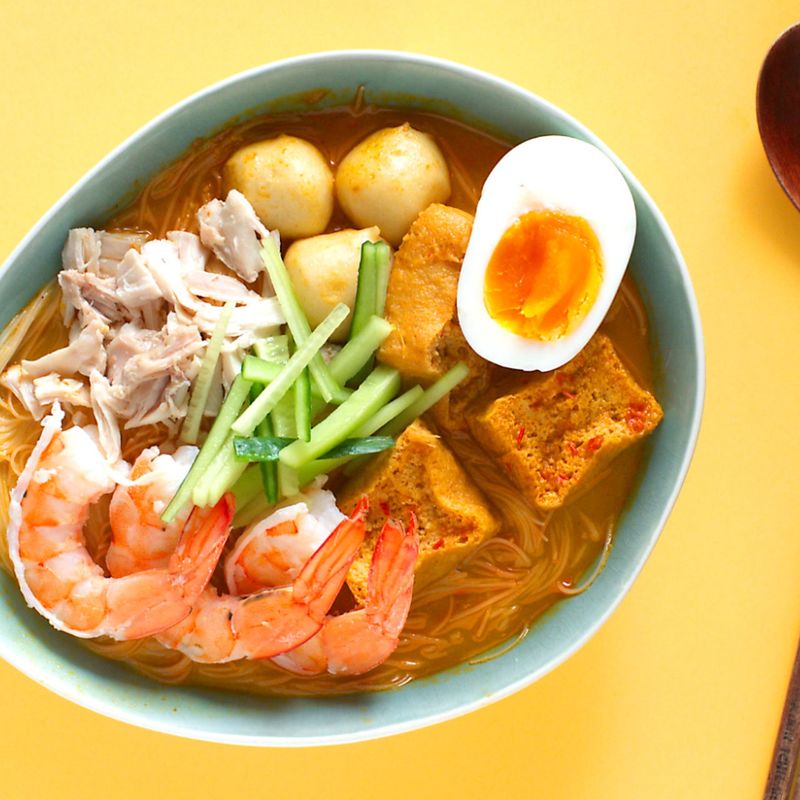
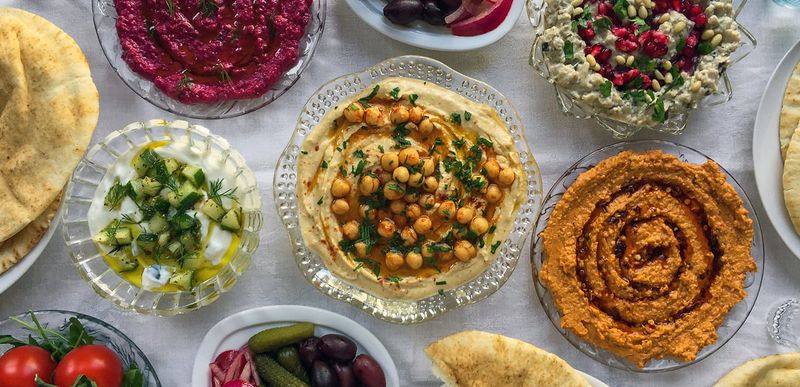
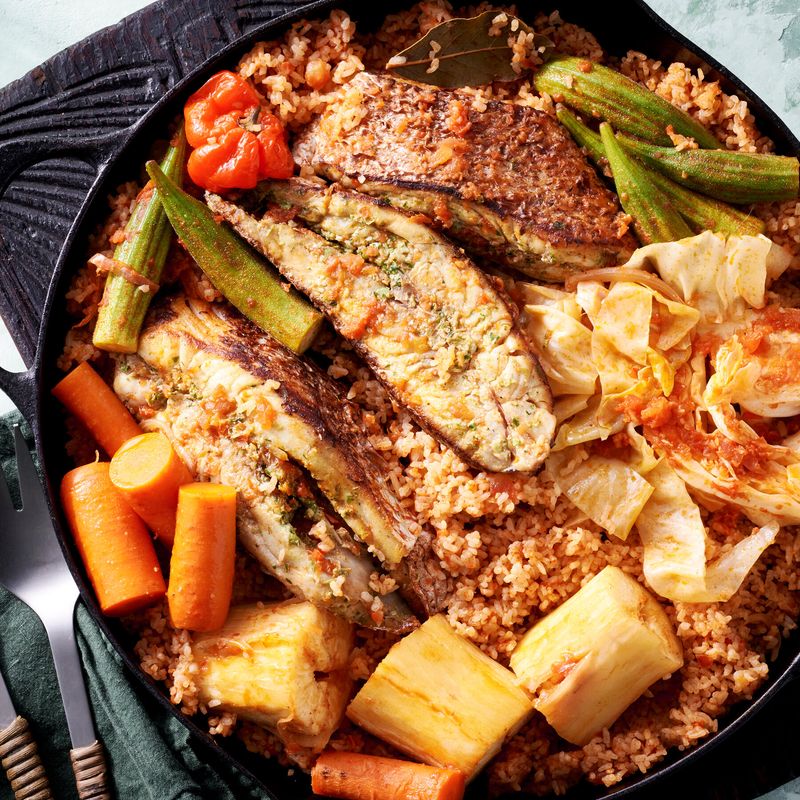
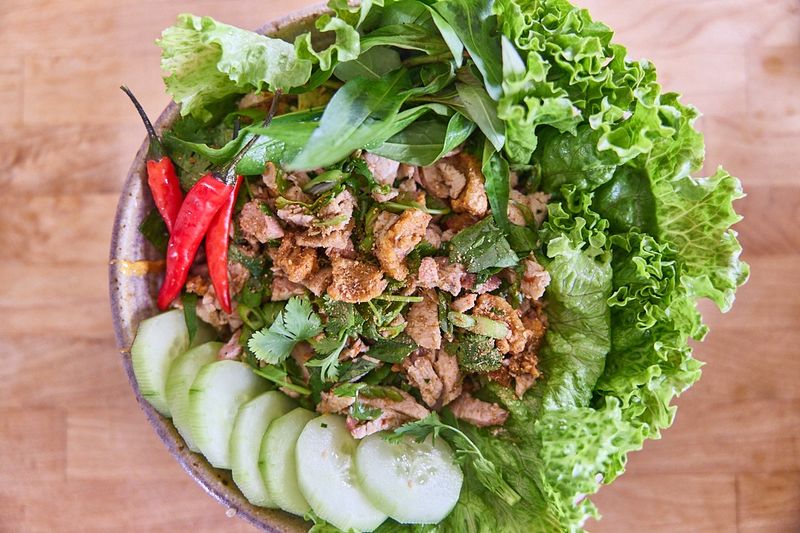

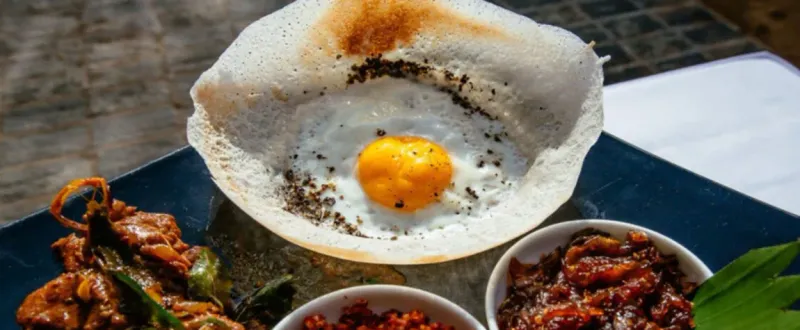
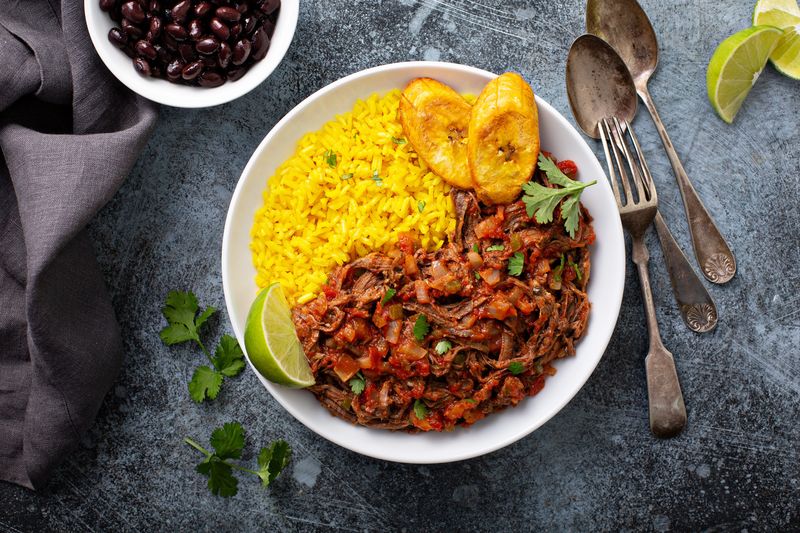
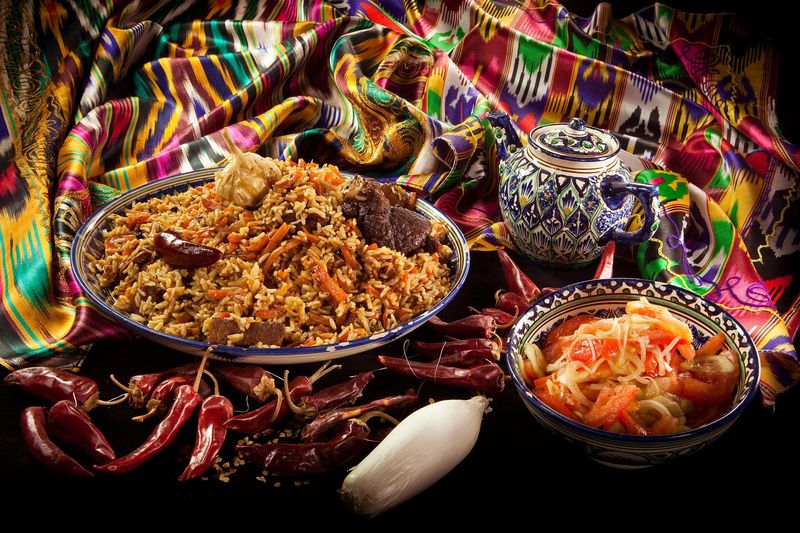
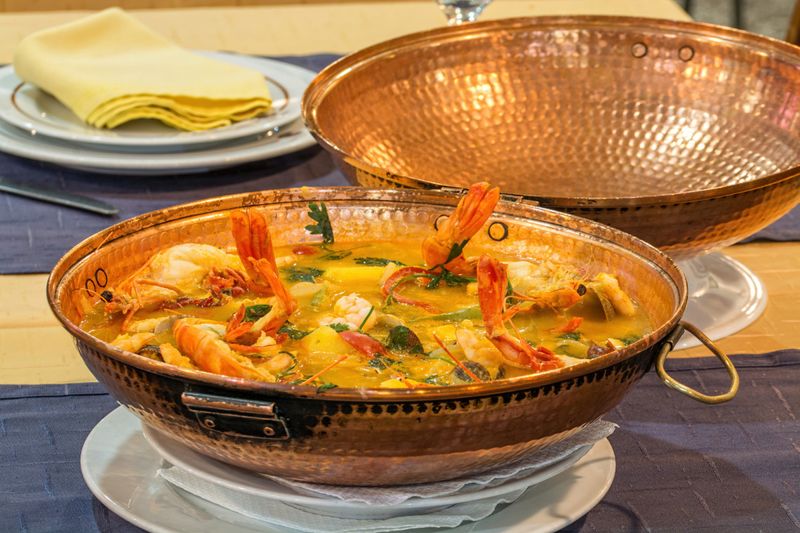
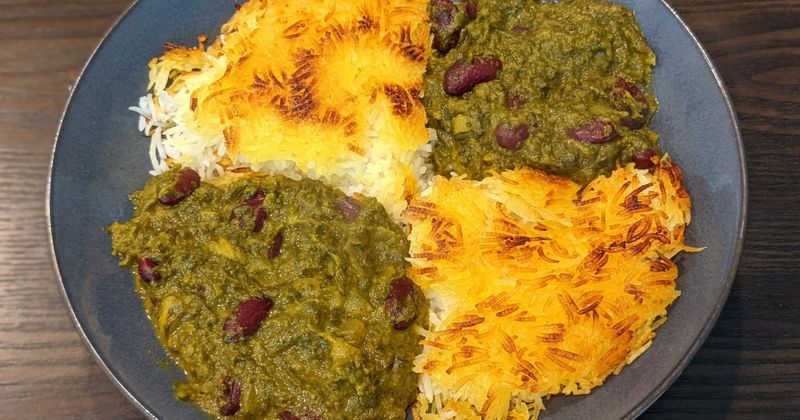
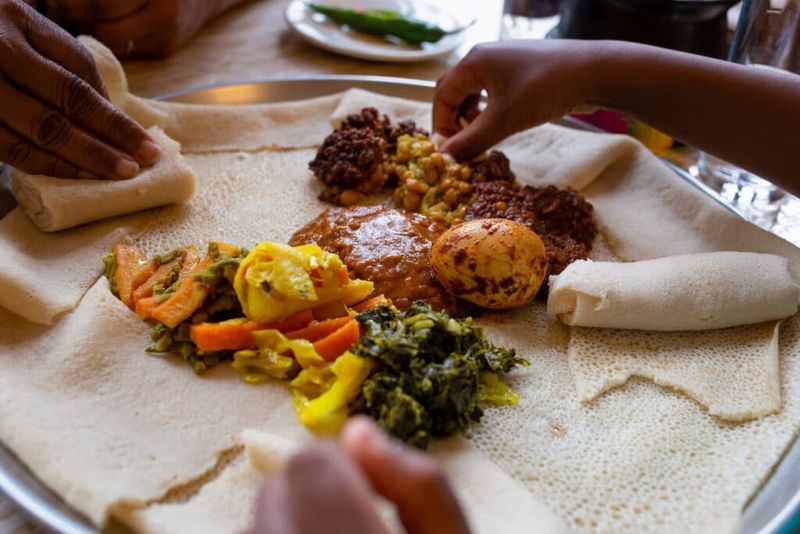
Leave a comment